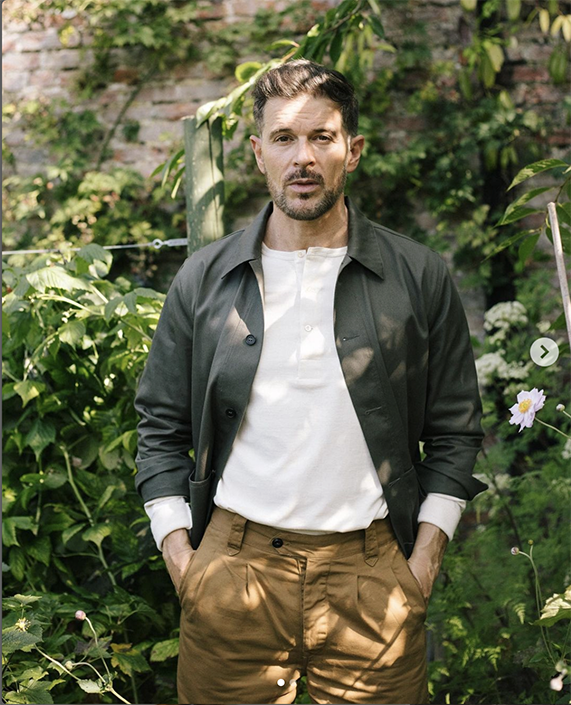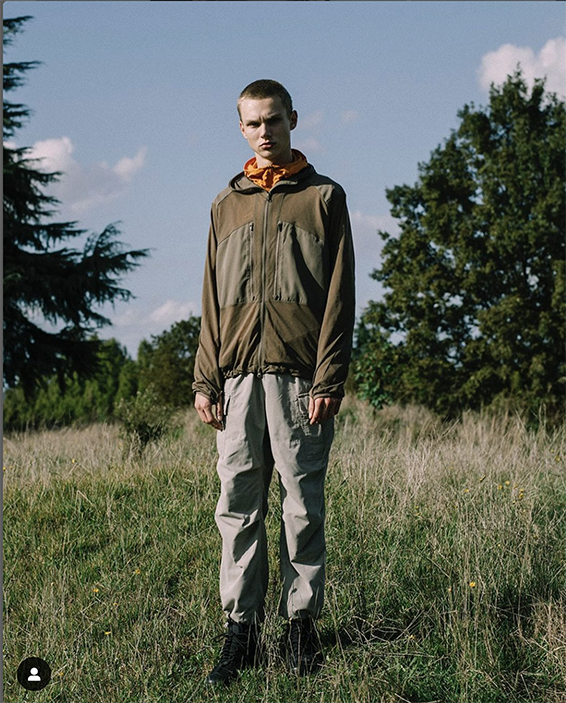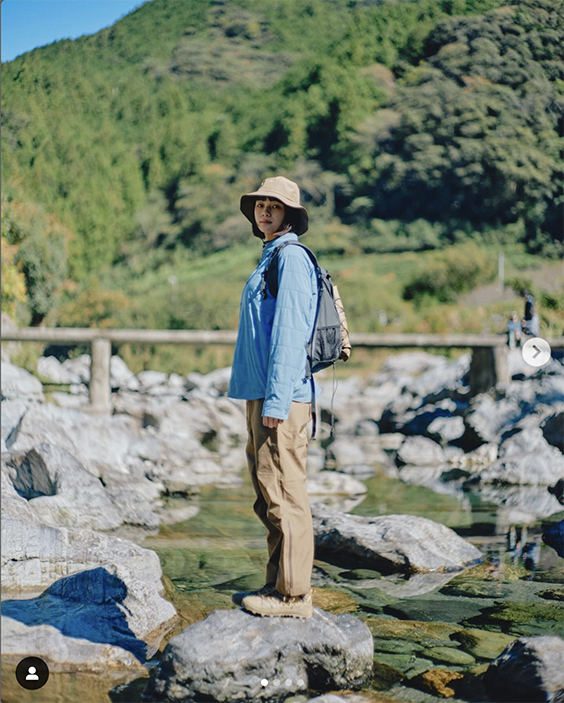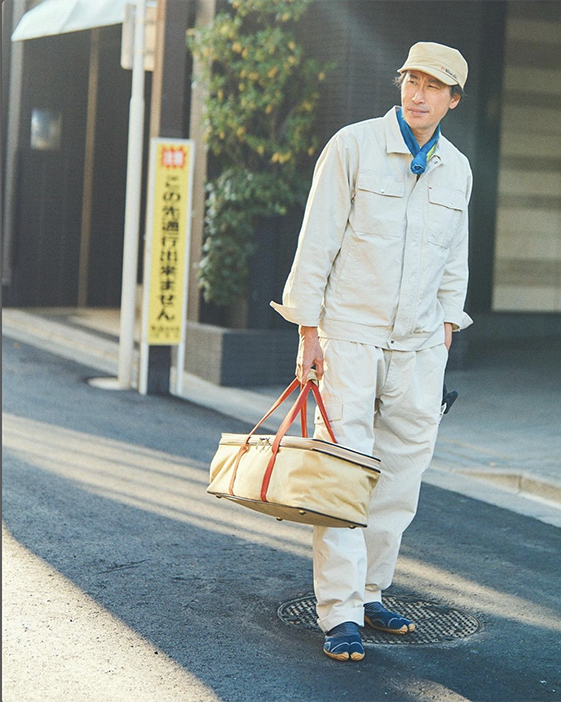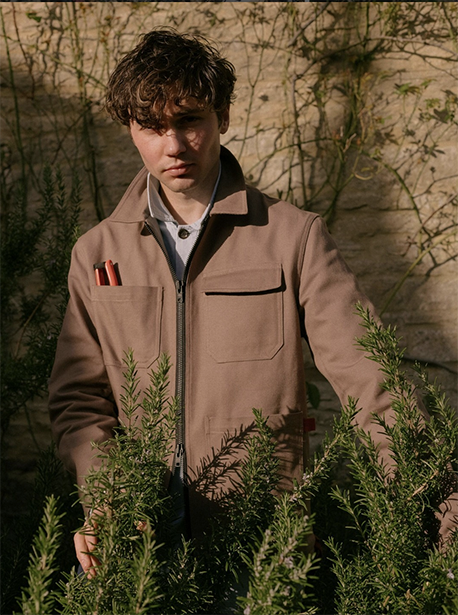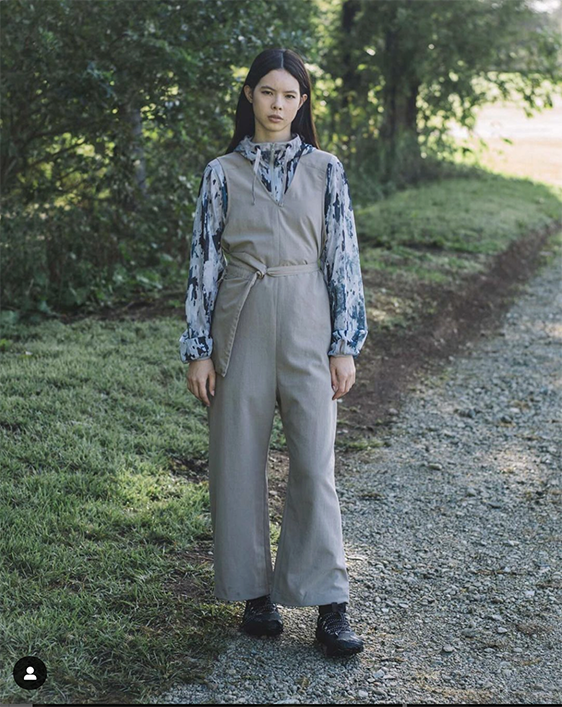Gardening isn’t the new rock n roll. But it should be.

Gardening is the mental health and fitness phenomenon the wellness brigade has ignored. Considered a pastime for the retired, there is strong evidence of the psychological and physical benefits gardening can provide across the lifespan. While the fashion world has embraced gorpcore and its ability to devour nearly all other forms of outdoor recreation, gardening appears to have been bypassed. With 87% of the UK population having access to a private garden, it seems that the answer to the growing anxiety and depression rates among the under 55’s could be literally on our doorsteps.
On March 1st 2024 UK Parliament released a research briefing into Mental Health Statistics suggesting that an estimated 1 in 6 adults (aged 16+) have experienced a ‘common mental disorder’ such as depression or anxiety in the past week, with around 20% of children aged 7 to 16 now experiencing a probable mental health condition, up from 12% in 2017.
There is growing evidence that interactions with nature result in physiological, psychological, and social benefits with studies finding decreases in stress response markers, such as blood pressure and cortisol levels, after walking in nature-rich environments and even viewing nature scenes (1, 2, 3). Research has demonstrated the benefits of green exercise (activity in the presence of nature) on general well-being and mental health including reductions in stress and depression, along with increases in mood and self-esteem (4). Other psychological benefits include increased feelings of relaxation and happiness, increased attention restoration, reduced anxiety, and reduced mental fatigue (5). Even a small ‘dose’ of green exercise - 5 minutes worth - is considered to improve self-esteem and mood (6).

The act of gardening not only offers the chance to interact with nature but also to engage in physical activity. However, while 87% of the UK households have access to a private garden (7) only 40% report actively participating in gardening (8), with the largest group aged 55 and above (9). There are numerous studies reporting on the benefits for older generations, yet the positive impact of gardening is not restricted to that of gentle exercise for the retired. In children and adolescents, research suggests that engagement in gardening activities improves cognitive and educational outcomes with wellbeing effects including a sense of achievement, increased enjoyment, satisfaction and pride from nurturing plants. Feelings of mastery and empowerment for children who may not excel in traditional academic environments were also reported, along with a boost in confidence and self-esteem (10).
Gardening also has positive impacts on depression and anxiety - diagnosis rates of which have almost doubled in the 16-24 year old population between 2011 and 2020 (11). Gardening is recognised as a treatment for those with mental health issues with Horticultural Therapy shown to improve outcomes in adults with conditions such as clinical depression, schizophrenia and substance abuse (12, 13) with the positive effects continuing for up to 3 months after the intervention (14). For non-clinical populations, gardening increases emotional well-being and is associated with increased life satisfaction, quality of life and a sense of community (14). Other studies have further suggested gardening promotes feelings of accomplishment and competence with higher levels of self-efficacy, self-esteem, and greater psychological well-being (15,16).
Gardening then, seems to be the mental health and fitness phenomenon the wellness brigade has ignored. In short, gardening has an image problem, perceived as an interest for the over 55s only. Interestingly, it is worth noting that depression and anxiety rates in those aged 55 and above have steadily decreased since 2014 (11).
Gardening needs a rebrand, so can Gorpcore alter consumer perceptions?

In 2022, UK consumers spent nearly £13.7 billion on recreational and sporting services an increase of around 21 percent on the previous year. Outdoor recreational activities measured included hiking, camping, mountaineering, cycling, canoeing, caving, kayaking, rafting, rock climbing, running, sailing, skiing, scuba diving, and surfing (17).
The outdoors lifestyle is so popular that its aesthetic - gorpcore - is still going strong 7 years and counting. Supported post-pandemic by the elevated focus on health and wellness, Gorpcore took performance clothing designed for hiking, climbing and camping and repositioned it as essential streetwear. Although arguably another iteration of street utility subculture, Gorpcore’s roots are contentious with some considering Prada S/S 17 as the initiator, although others suggest the 2014 hipster tome ‘The Outsiders’ by Robert Klanten as the source. Jason Chen christened the look in The Cut in May 2017 after the popular trail snack ‘Good Ol’ Rasins and Peanuts’, but it was the pandemic's need to spend more time outside which pushed Gorpcore into the mainstream.
Let's Play. Garden or Gorp?
(Please use arrows to navigate and click through for answer and image credits )
Mixing functional outerwear, utility workwear and techwear, brands such as Arc’teryx, Patagonia, Teva, And Wander, Snow Peak and Mont Bell, retailers such as Hatchet Outdoor Supplies in New York and Outsiders in London and websites such as Fieldmag ensure that outdoors recreation continues as a pervasive trend. The popularity of the aesthetic further fuels the desire for the great outdoors lifestyle, which in turn increases the demand for performance clothing and so on creating a circular influence.

Gorpcore aside, other movements too are pushing gardening into the trend spotlight. Established lifestyle trends such as Millennials and Gen Z’s love of house plants -exemplified by uber-cool brands such as Conservatory Archives and cactus shop Prick -create a halo effect. Other adjacent trends include the post-pandemic re-imagining of greenhouses as outdoor rooms, destination gardens such as Water Lane in Hampshire and Japanese garden gadget suppliers such as Chiltern Street’s Niwake in London. These nascent trends coupled with gorpcore and magnified by the wellness movement show just how on the cusp of cool gardening is teetering. Gardening it seems, is about to get a long -overdue rebrand.
See our Forecast for more inspiration and trend direction for Gardening as an emergent lifestyle trend.
References
1. Kobayashi, H., Song, C., Ikei, H., Park, B., Lee, J., Kagawa, T., & Miyazaki, Y. (2017). Population-Based Study on the effect of a forest environment on salivary cortisol concentration. International Journal of Environmental Research and Public Health, 14(8), 931. https://doi.org/10.3390/ijerph14080931
2. Lovell, R., Wheeler, B. W., Higgins, S., Irvine, K. N., & Depledge, M. H. (2014). A Systematic Review of the Health and Well-Being Benefits of Biodiverse Environments. Journal of Toxicology & Environmental Health Part B: Critical Reviews, 17(1), 1–20. https://doi.org/10.1080/10937404.2013.856361
3. Pilotti, M., Klein, E., Golem, D. L., Piepenbrink, E., & Kaplan, K. (2014). Is viewing a nature video after work restorative? Effects on blood pressure, task performance, and Long-Term memory. Environment and Behavior, 47(9), 947–969. https://doi.org/10.1177/0013916514533187
4. Rogerson, M., Wood, C., Pretty, J., Schoenmakers, P. P., Bloomfield, D., & Barton, J. (2020). Regular Doses of Nature: The efficacy of green exercise interventions for mental wellbeing. International Journal of Environmental Research and Public Health, 17(5), 1526. https://doi.org/10.3390/ijerph17051526
5. Gerdes, M. E., Aistis, L. A., Sachs, N. A., Williams, M., Roberts, J. D., & Goldstein, R. E. R. (2022). Reducing Anxiety with Nature and Gardening (RANG): Evaluating the Impacts of Gardening and Outdoor Activities on Anxiety among U.S. Adults during the COVID-19 Pandemic. International Journal of Environmental Research and Public Health, 19(9), 5121. https://doi.org/10.3390/ijerph19095121
6. Barton, J., & Pretty, J. (2010). What is the Best Dose of Nature and Green Exercise for Improving Mental Health? A Multi-Study Analysis. Environmental Science & Technology, 44(10), 3947–3955. https://doi.org/10.1021/es903183r
7. One in eight British households has no garden. (2020, May 14). Office for National Statistics: Census 2021. Retrieved March 13, 2024, from https://www.ons.gov.uk/economy/environmentalaccounts/articles/oneineightbritishhouseholdshasnogarden/2020-05-14
8. Bisgrove, R., & Hadley, P. ( 2002). Gardening in the Global Greenhouse: The Impacts of Climate Change on Gardens in the UK. UK Climate Impacts Programme. Oxford, UK
9. Statista. (2023, June 30). Share of the public in the UK that enjoy gardening 2020, by age. https://www.statista.com/statistics/1254970/share-of-the-public-that-enjoy-gardening-by-age-uk/
10. Ohly, H., Gentry, S., Wigglesworth, R., Bethel, A., Lovell, R., & Garside, R. (2016). A systematic review of the health and well-being impacts of school gardening: synthesis of quantitative and qualitative evidence. BMC Public Health 16, 286, https://doi.org/10.1186/s12889-016-2941-0
11. Dykxhoorn, J., Osborn, D., Walters, K., Kirkbride, J., Gnani, S., & Lazzarino, A. I. (2023). Temporal patterns in the recorded annual incidence of common mental disorders over two decades in the United Kingdom: a primary care cohort study. Psychological Medicine, 1–12. https://doi.org/10.1017/s0033291723002349
12. Cipriani, J., Benz, A., Holmgren, A., Kinter, D., McGarry, J., & Rufino, G. (2017). A Systematic Review of the Effects of Horticultural Therapy on Persons with Mental Health Conditions. Occupational Therapy in Mental Health, 33(1), 47–69. https://doi.org/10.1080/0164212x.2016.1231602
13. AscencioJaime. (2019). Horticultural Therapy as an Intervention for Schizophrenia: A Review. Alternative and Complementary Therapies, 25(4), 194–200. https://doi.org/10.1089/act.2019.29231.jas
14. Soga, M., Gaston, K. J., & Yamaura, Y. (2017). Gardening is beneficial for health: A meta-analysis. Preventive Medicine Reports, 5, 92–99. https://doi.org/10.1016/j.pmedr.2016.11.007
15. Wang, D., & MacMillan, T. (2013). The Benefits of Gardening for Older Adults: A Systematic Review of the literature. Activities, Adaptation & Aging, 37(2), 153–181. https://doi.org/10.1080/01924788.2013.784942
16. Thompson, R. (2018). Gardening for health: a regular dose of gardening. Clinical Medicine, 18(3), 201–205. https://doi.org/10.7861/clinmedicine.18-3-201
17. Statista. (2023b, December 12). Expenditure on sporting services and recreation in the UK 2005-2022. https://www.statista.com/statistics/429762/consumer-spending-on-sports-and-recreation-in-the-united-kingdom-uk/
For more information on how the nascent trend for gardening will impact your consumer please contact us or email hello@factoryforecasting.com












